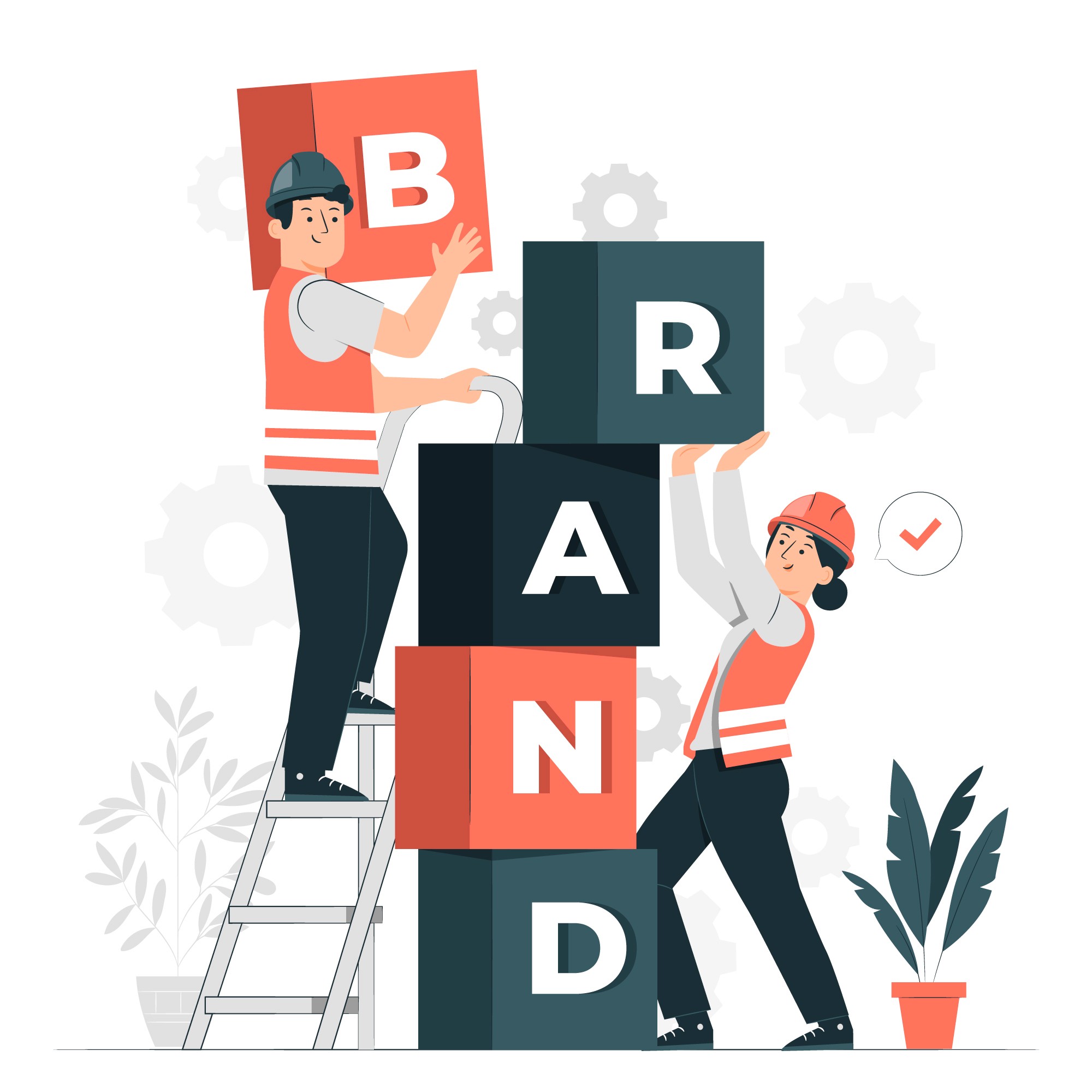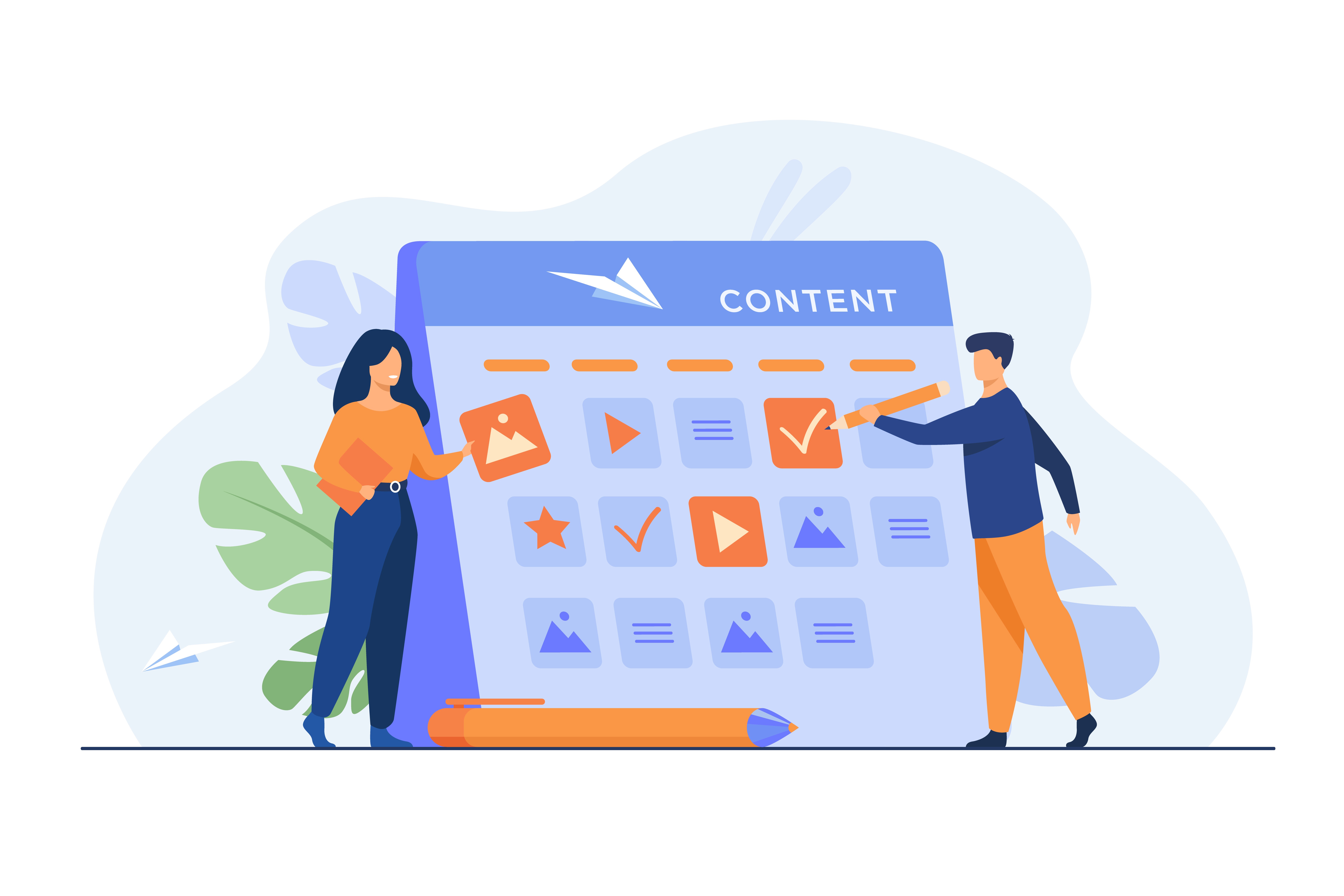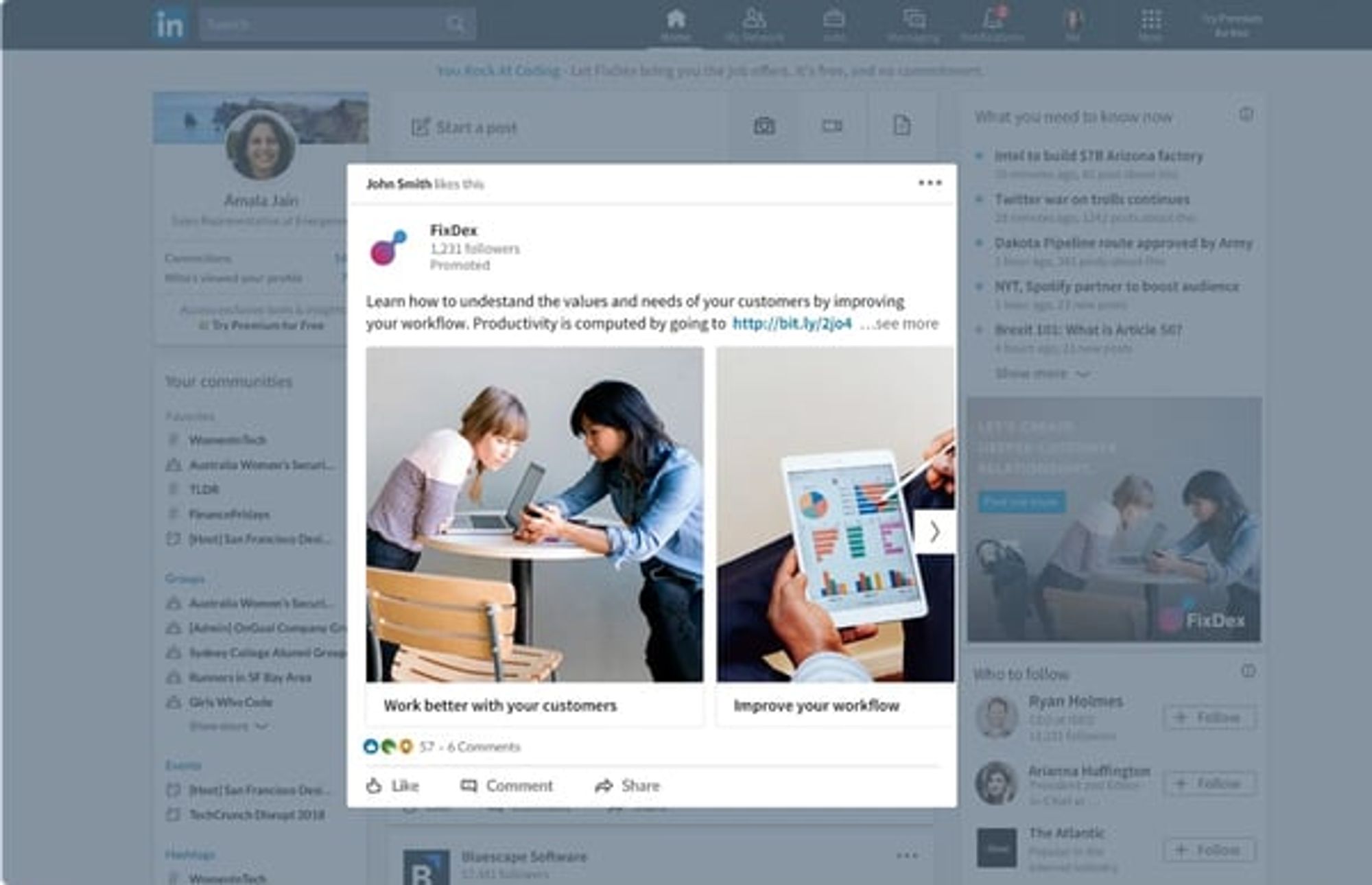
Redesign LinkedIn profile: 30% more InMail responses with complete summary.
Publish engaging content: 2x more comments with visual elements.
Leverage LinkedIn advertising: Sponsored Content 3x more conversions.
Engage in LinkedIn Groups: Active members get 4x more profile views.
Use LinkedIn Lead Gen Forms: Up to 40% higher conversion rates.
LinkedIn: Powerful platform for demand generation, driving conversions.
Demand generation tactics is essential for modern marketing as it focuses on building relationships with potential customers, generating leads, and boosting revenue. Unlike traditional marketing that pushes products to a wide audience, demand generation attracts and engages prospects, nurturing them through the buyer’s journey.
By utilizing various channels such as email marketing, social media, and webinars, companies can capture the interest of potential customers and establish themselves as industry leaders. This approach leads to increased brand awareness, higher quality leads, and improved conversion rates.
What is Demand Generation?
Demand generation involves creating interest in a company’s products or services. It employs multiple marketing techniques to attract and engage potential customers, aiming to convert them into paying customers. These campaigns target prospects at the top of the sales funnel, long before they are ready to purchase.
Demand Generation vs. Lead Generation
Though often used interchangeably, demand generation and lead generation are distinct. Demand generation creates interest in a company’s offerings, while lead generation captures and qualifies leads. Demand generation focuses on educating and engaging potential customers, whereas lead generation aims to collect contact information and move leads down the sales funnel.
Build a Winning B2B Demand Generation Strategy in Five Essential Steps
Ready to elevate your B2B demand generation efforts? Here’s a step-by-step guide to attract and convert your target buyers effectively.
Step 1: Build Brand Awareness
In today’s competitive landscape, brand awareness is crucial for attracting quality leads. However, building brand awareness is more than just catching a potential buyer’s attention; it’s about leaving a lasting, positive impression.

A successful brand awareness strategy ensures potential buyers remember and trust your company when they face challenges or needs that your solutions can address. One effective way to boost visibility and credibility is by collecting recent, authentic customer reviews. These reviews provide real-world, peer-provided insights that help buyers make informed decisions and act as social proof, enhancing your brand’s reputation.
Step 2: Develop a Content Strategy
Establishing industry expertise is key to reliable demand generation. Position your brand as an authority from the first interaction with potential customers by creating a solid content marketing strategy. Provide timely, helpful content that addresses buyer questions and concerns throughout their purchase journey.

Developing personalized content for high-value leads can further enhance engagement. Tailor your messaging to solve specific hurdles and guide buyers from their initial encounter with your product or service to their final purchasing decision.
Step 3: Nurture High-Quality Leads
Demand generation doesn’t end with capturing a lead; it requires ongoing nurturing. Marketing teams should work closely with sales throughout the buyer’s journey, providing relevant content that addresses common questions and concerns.
Focus on delivering the right content to the right prospects at the most opportune moments. Monitor lead feedback and engagement data to refine your strategies continuously, ensuring your outreach meets customer needs and maximizes conversions.
Step 4: Incorporate Account-Based Marketing (ABM)
To fast-track high-value leads, implement an account-based marketing strategy. ABM targets specific accounts with tailored marketing and sales support, focusing on those with significant growth potential.
Develop detailed personas for your target accounts based on high-value clients likely to convert. Use these personas to create personalized marketing content that directly addresses their unique pain points and questions, ensuring a more effective engagement and higher conversion rates.
Step 5: Invest in Partner Marketing
With the shift towards digital interactions, partner marketing has become increasingly important. Collaborate with third-party providers to reach a curated, prescreened audience efficiently.
Instead of struggling with broad search or social media campaigns, partner with platforms that already have the audience you want.
Buyer destination sites like Capterra, GetApp, Software Advice, and UpCity can place your products or services in front of the right buyers at the right time, streamlining your demand-generation efforts.
Top 5 Demand Generation Campaign Ideas
1. Webinars
Webinars are engaging online events that connect businesses with their audience. They provide a platform to share expertise, generate interest, and build a community around a brand. Webinars showcase products, answer questions and offer valuable insights. The content can also be repurposed into podcasts and short clips.

2. Content Marketing
Content marketing involves creating valuable, relevant content to attract and retain a defined audience. This includes blog posts, infographics, whitepapers, and more. By offering informative content, businesses can establish themselves as thought leaders and build trust with their target audience.
3. Influencer Partnership Marketing
Partnering with industry influencers can help brands reach wider audiences. Influencers promote products or services to their followers, providing social proof and building trust. This collaboration can significantly increase brand visibility and interest.
4. LinkedIn Ad Campaigns
LinkedIn is a powerful platform for B2B marketers. Businesses can target professionals based on job titles, industry, and other criteria. LinkedIn ads promote webinars, whitepapers, and other content to specific audiences. Sponsored InMail allows personalized messages to potential customers, making it an effective demand generation tactic.

5. Account-Based Marketing (ABM)
ABM creates personalized marketing campaigns for specific accounts or companies. It involves identifying target accounts, crafting custom content, and using channels like email to reach decision-makers. ABM is effective for generating interest among specific accounts or industries.
Examples of Successful Campaigns
HubSpot’s Inbound Marketing Certification: Offers a free course, generating thousands of leads and positioning HubSpot as an industry leader.
Adobe’s CMO: Provides marketing insights and resources, establishing Adobe as a trusted source and generating interest among potential customers.
LinkedIn’s State of Sales Report: Delivers data-driven sales insights, positioning LinkedIn as a thought leader and attracting potential customers.
Importance of Demand Generation
Demand generation is crucial for any successful marketing strategy. By creating interest in products or services, it helps attract potential customers and drive sales. Effective demand generation requires a well-planned strategy tailored to the target audience’s needs and marketing goals. Continuous testing and refining of campaigns ensure high-quality leads, increased brand awareness, and successful conversions.
Conclusion
Demand generation is vital for building relationships, generating leads, and driving revenue. By employing strategies like webinars, content marketing, influencer partnerships, LinkedIn ads, and account-based marketing, businesses can effectively engage potential customers. Tailoring these tactics to specific audience needs and continually optimizing them will result in high-quality leads and increased sales.
Enjoy reading post?
Follow me on :



